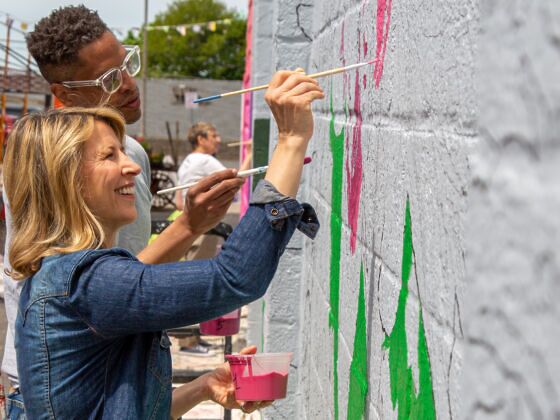The thrills and pleasures of travel are timeless, but the way we explore the world, and the lens through which we experience it, evolves over time. It’s an evolution that’s evident in travel TV. Many who love travel today grew up watching Rick Steves and Samantha Brown, and fondly remember the hosts guiding them through beautiful and luxurious destinations that were then silently added to bucket lists. Some may also remember being in awe of these hosts and their dream jobs, and silently told themselves, “I’m gonna do that one day.”


Iconic Travel Host Samantha Brown Talks Accessibility and the Reality of Travel TV
Well, much has changed since those innocent days in front of boxy 21-inch TV sets.
Destinations like Paris, London, Bangkok, Barcelona, and Tokyo have been covered ad nauseum on TV and in guidebooks — not to mention social media. Landmarks like Big Ben, the Eiffel Tower, Alcatraz, and the Great Wall of China have been so well illuminated and dissected that it can feel like you’ve been there even if you haven’t.
Which may be one reason why the way people travel and how the media covers travel has largely shifted from destination-focused stories to people-focused stories. And that goes just as much for travel publications like Matador Network as it does for travel journalists like Brown, who has inspired so many others over more than two decades of work.
Known for her shows like Great Hotels, Great Weekends, and Passport to Europe, Samantha Brown’s newest venture is called Places to Love, and it’s the embodiment of newly-evolving travel values. The show, which airs on PBS, spotlights the people and cultures that give destinations their distinct personalities.
“I really wanted to focus more on people and the idea that there’s an effort that goes into creating the soul of a place, and that effort comes from its people,” Brown said in an interview on Matador Network’s No Blackout Dates podcast. She also added that it’s about “not being a consumer anymore,” but is instead about “really transforming into more of a community member.”
Within the context of the show, that means focusing on local artists, restaurant owners, archaeologists, and others who give both meaning and purpose to a destination’s beauty. It’s a far cry from simply pointing a camera at the Eiffel Tower and rattling off facts about its construction. Brown believes this more ground-level, intimate exploration of other cultures is the future of travel.
Brown also discussed the unprecedented accessibility of the travel industry. The advent of YouTube, Instagram, and TikTok allows “you to see a much greater diversity of people showing travel…not only diversity of color, but also abilities,” she said. It’s given those kids sitting in front of their boxy TVs a multitude of platforms to finally live out their dream job – or at least have a fighting chance to do so.
For the full interview with Samantha Brown, where she discusses everything from the behind-the-scenes of travel shows to packing hacks, check out the No Blackout Dates episode wherever you like to listen to podcasts.